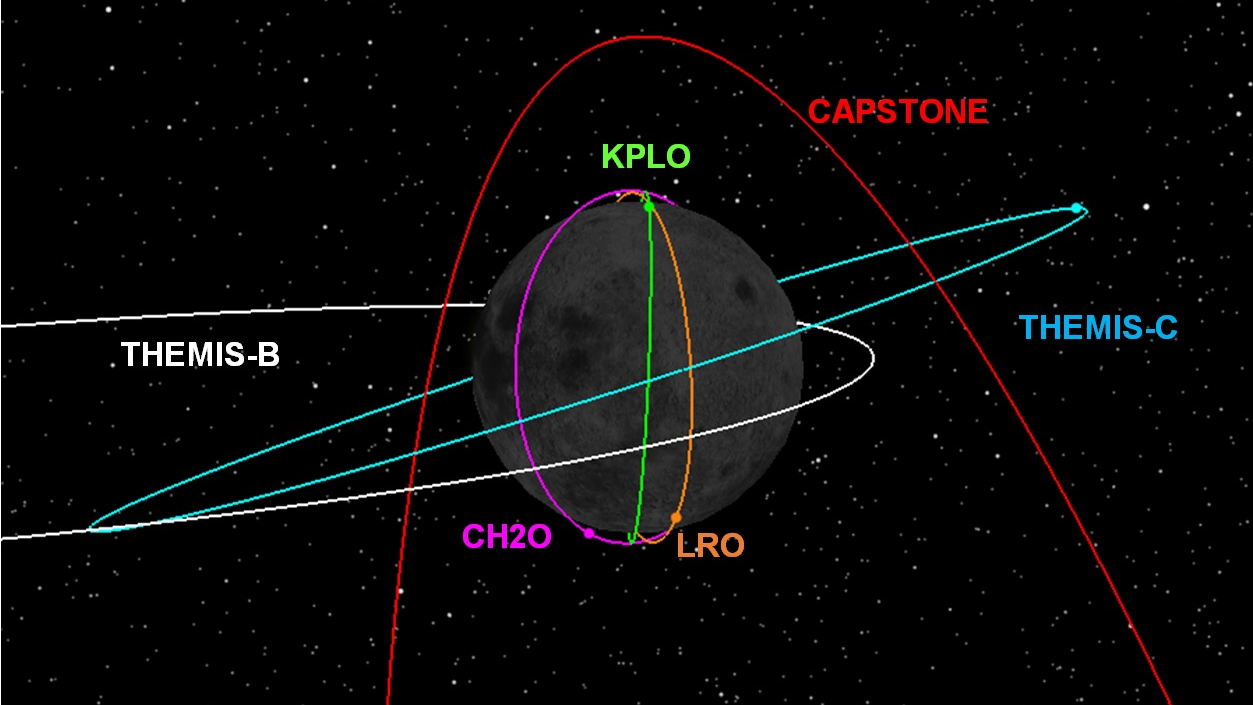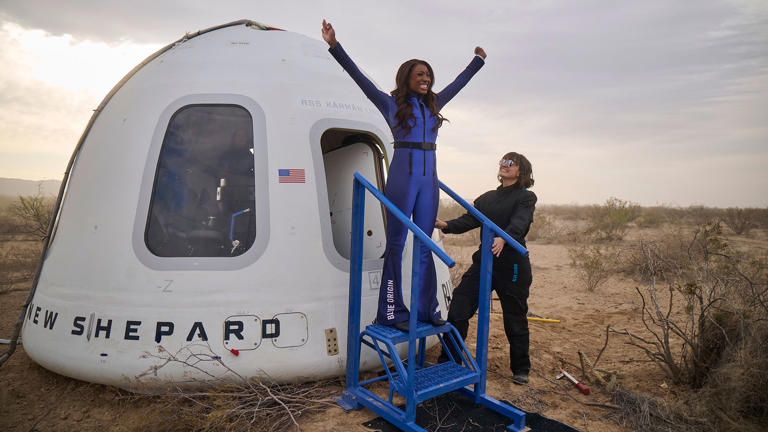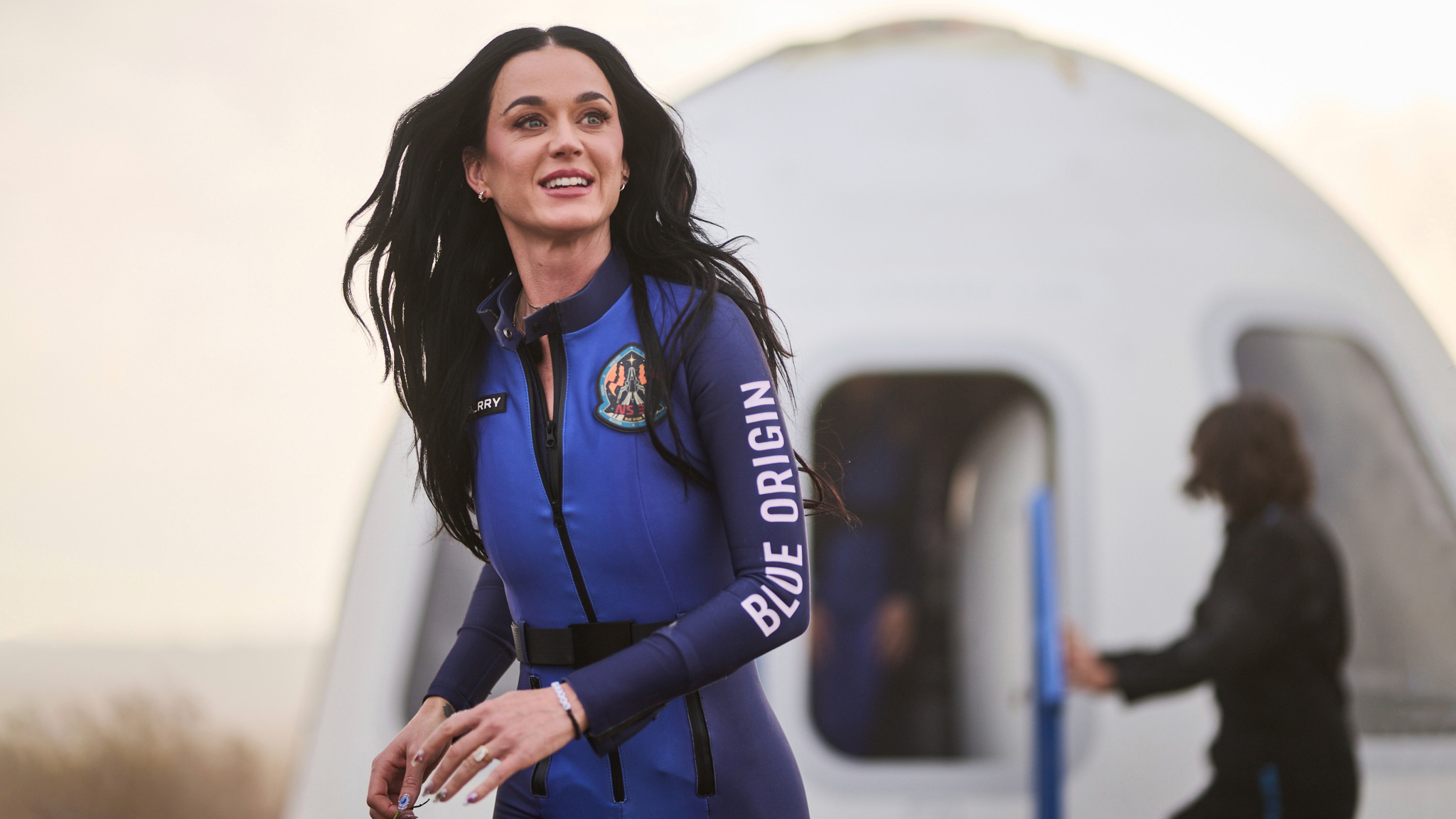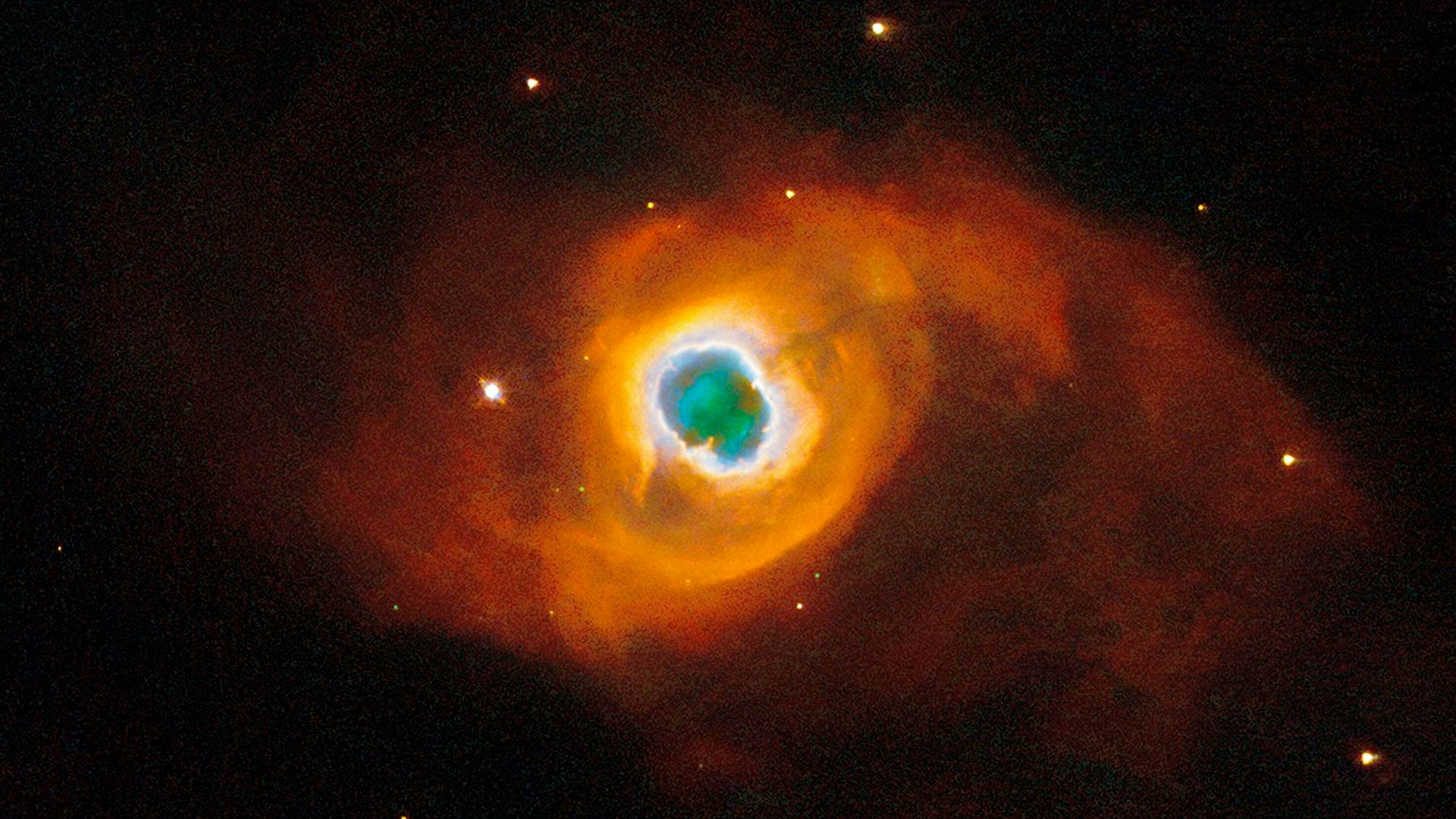India's Chandrayaan-2 moon orbiter avoids collision with South Korea's Danuri spacecraft
The maneuver took place in September, according to India's space agency.

India's Chandrayaan-2 moon orbiter maneuvered in September to avoid a close approach with South Korea's Danuri spacecraft, according to a recent report from the Indian Space Research Organisation (ISRO).
The report said the Chandrayaan-2 orbiter raised its orbit on Sept. 19 to prevent a close approach to Danuri, which was expected to occur two weeks later if Chandrayaan-2's trajectory went unchanged. The report noted that a subsequent maneuver, which took place on Oct. 1, also helped Chandrayaan-2 avoid potential collisions with other orbiters around the moon, including NASA's Lunar Reconnaissance Orbiter (LRO).
Such collision-avoidance maneuvers are not uncommon around the moon. Chandrayaan-2, Danuri and LRO all share a nearly polar orbit, so the spacecraft come close to one another over the lunar poles, where the risk of collision is very high. In the last year and a half alone, the Korea Aerospace Research Institute (KARI), which operates Danuri, received 40 "red alarms" of potential collisions among LRO, Chandrayaan-2 and Danuri.
In 2021, Chandrayaan-2 shifted its orbit to avoid a predicted close approach to LRO over the moon's north pole. Without the maneuver, the two spacecraft would have crossed by one another at only 1.8 miles (3 kilometers) apart, ISRO said.
Related: India's Chandrayaan-2 moon orbiter catalogs tons of mysterious solar flares
Danuri itself maneuvered at least three times since it entered lunar orbit in December 2022 — once to steer clear of LRO, and another to avoid Chandrayaan-2 and to evade Japan's Smart Lander for Investigating Moon (SLIM) spacecraft shortly before the latter's touchdown on the moon's near side in January, SpaceNews reported.
There is currently no international protocol to resolve collision risks. The three space agencies — NASA, KARI and ISRO — voluntarily share data through email exchanges and teleconferences about the trajectories of their spacecraft.
Get the Space.com Newsletter
Breaking space news, the latest updates on rocket launches, skywatching events and more!
"Sometimes, we did not have the contact information of the responsible personnel, and network security issues occasionally prevented email exchanges," according to a presentation by the Korea AeroSpace Administration at the UN committee meeting held in June. "However, we ultimately resolved all collision risks through collaborative discussions."
The space agencies primarily use a platform built by NASA's Jet Propulsion Laboratory called MADCAP that calculates risk of collisions and generates warnings.
However, "right now, there's no mutually agreed-upon international consultation mechanism or protocol to resolve such collision risks," Soyoung Chung, a senior researcher at KARI's strategy and planning directorate, said at a space sustainability summit earlier this year, according to SpaceNews.
"With our experience of operating KPLO [Korea Pathfinder Lunar Orbiter, officially Danuri], we realize there is a need for an information-sharing platform and mutually agreed-upon international protocols to identify and manage the risk of collisions between the missions around the moon just like we do on the Earth."
Join our Space Forums to keep talking space on the latest missions, night sky and more! And if you have a news tip, correction or comment, let us know at: community@space.com.

Sharmila Kuthunur is a Seattle-based science journalist focusing on astronomy and space exploration. Her work has also appeared in Scientific American, Astronomy and Live Science, among other publications. She has earned a master's degree in journalism from Northeastern University in Boston. Follow her on BlueSky @skuthunur.bsky.social









